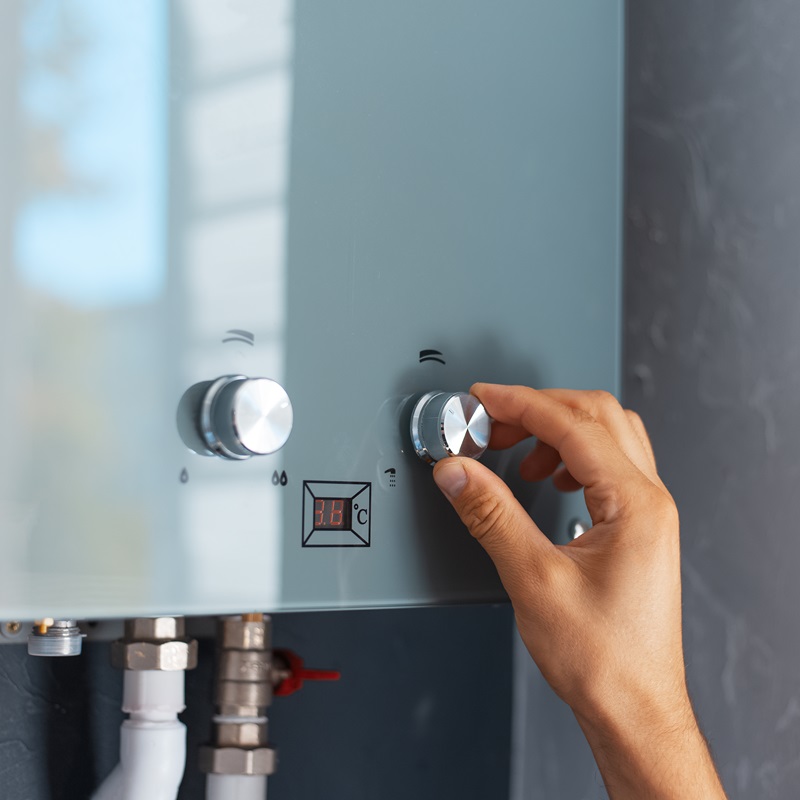Just how to Pick the Right Geyser to Make Best Use Of Power Efficiency in Your Home
Picking an energy-efficient geyser is not as straightforward as it seems, needing mindful evaluation of numerous aspects. From recognizing the different types of hot springs, to assessing their power efficiency scores and considering placement method, each decision plays a vital function in maximizing efficiency. Stabilizing the preliminary financial investment with lasting savings is additionally vital. Let's embark on this trip to find how to make the most informed selection for a geyser that will certainly lower your energy bills while making sure optimum efficiency.

Comprehending the Different Types of Geyser
While there are numerous kinds of hot springs offered on the market, understanding the distinctions in between them is essential for energy performance (geyser sizes). The initial type, storage space geysers, are the most common and store warm water in a tank for usage when required. They are offered in various abilities and are generally energy-efficient, but they can shed warmth when not being used
The 2nd kind is the tankless geyser, which heats up water on need, leading to much less energy waste but calling for a greater first power draw. Solar hot springs make use of solar power to heat up the water, making them the most energy-efficient however likewise the most pricey.
Assessing Your Household's Warm water Demands
Prior to diving right into the purchase of a geyser, it is crucial to evaluate the warm water needs of your family. This analysis should consider many variables consisting of the variety of home participants, regularity of hot water usage, and the number of warm water outlets in the home (geyser sizes). A tiny family members with occasional warm water use might require a smaller, less effective geyser compared to a larger family members with numerous day-to-day warm water needs
The kind of appliances that require warm water additionally play a significant function. Dishwashing machines and cleaning makers, as an example, may need even more warm water than a simple shower or kitchen area sink. Specific activities such as showering or cleaning also influence the frequency and quantity of hot water required.
Evaluating Energy Efficiency Ratings of Geyser
Having actually analyzed the warm water demands of your house, it is necessary to turn your focus to the power efficiency scores of geysers. These ratings, typically given as Energy Element (EF), indicate a hot spring's total energy effectiveness based on the quantity of hot water generated per system of fuel taken in over a common day. The higher the EF, special info the more effective the water heating unit.

Considerations in Geyser Dimension and Placement
Beyond power efficiency ratings, the size and placement of your address geyser are vital components to consider. The size of the geyser need to align with your household's hot water requirements. A tiny geyser may make use of less energy however may not give sufficient warm water for numerous usages at the exact same time, whereas a larger device can meet greater need yet might eat even more power.
Geysers should be set up close to factors of use to decrease warmth loss during water transport. Additionally, considering thermal insulation, a hot spring situated in a warmer area loses much less warm and consequently uses much less energy to maintain the water temperature level.
Cost Evaluation: Balancing Initial Investment and Long-Term Cost Savings
While dimension and positioning most certainly play significant duties in a hot spring's energy effectiveness, one must not overlook the monetary facet. When taking into consideration the preliminary financial investment, the rate of energy-efficient hot springs can be more than standard designs. The increased upfront expense can be balanced out by long-lasting power cost savings, making it a rewarding financial investment in the try this out long run (geyser sizes).
Evaluating long-lasting savings calls for an understanding of the geyser's power ranking. A home appliance with a higher score will take in less power, converting to reduced energy costs gradually. Federal government incentives and refunds for energy-efficient appliances can additionally assist recoup initial prices.
Ultimately, upkeep and lifespan should be factored in. Energy-efficient hot springs typically have much longer life-spans and reduced upkeep prices, adding to overall cost savings. When stabilizing preliminary investment and lasting financial savings, one need to take into consideration not just the acquisition price but additionally power intake, federal government rewards, and upkeep expenses.

Final thought
These include understanding the types of geysers, assessing your family's warm water requirements, examining power efficiency scores, and computing price benefits. The best geyser size, positioning, and insulation can dramatically lower energy expenses and ecological effect.